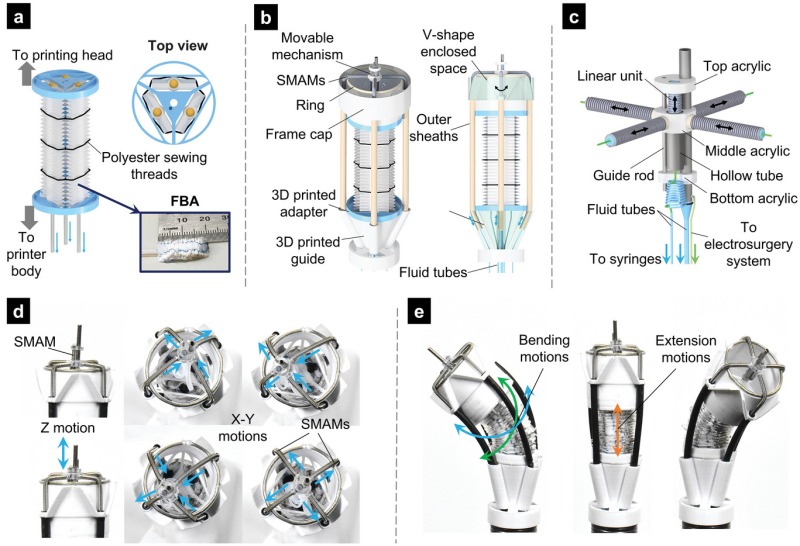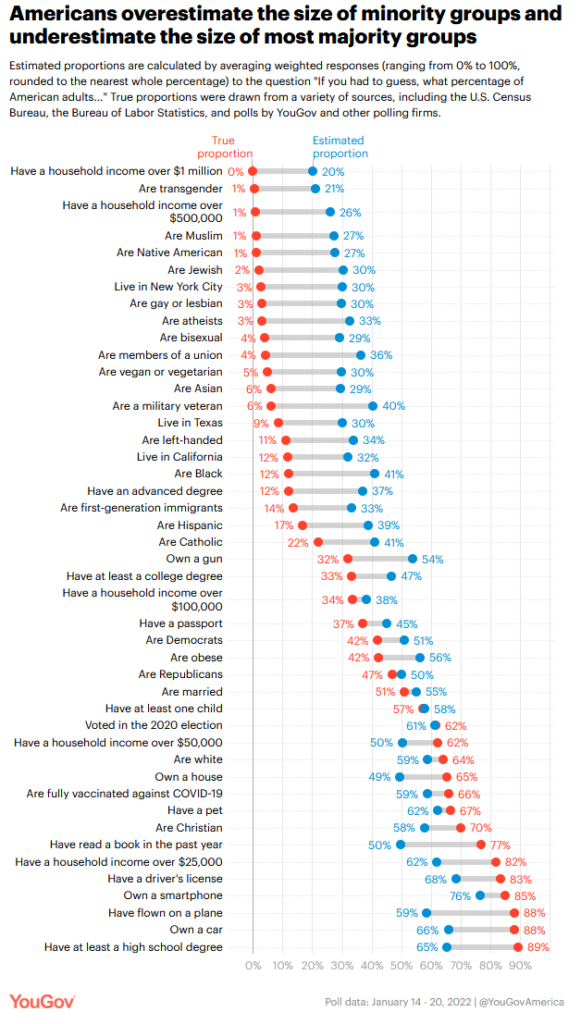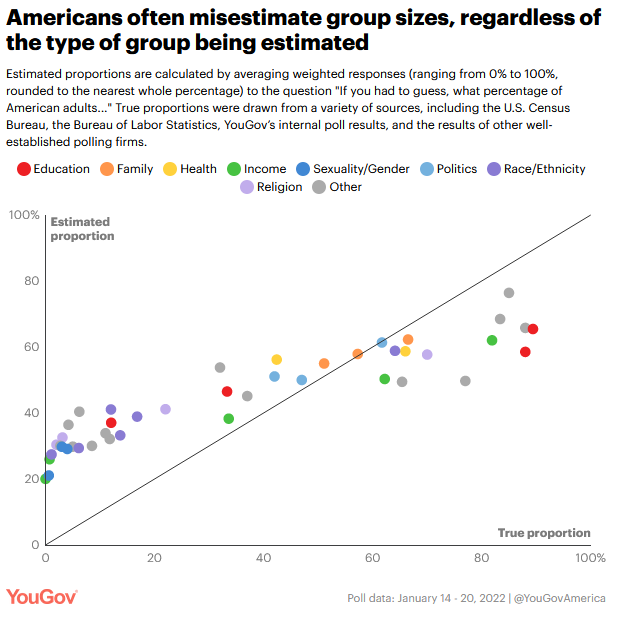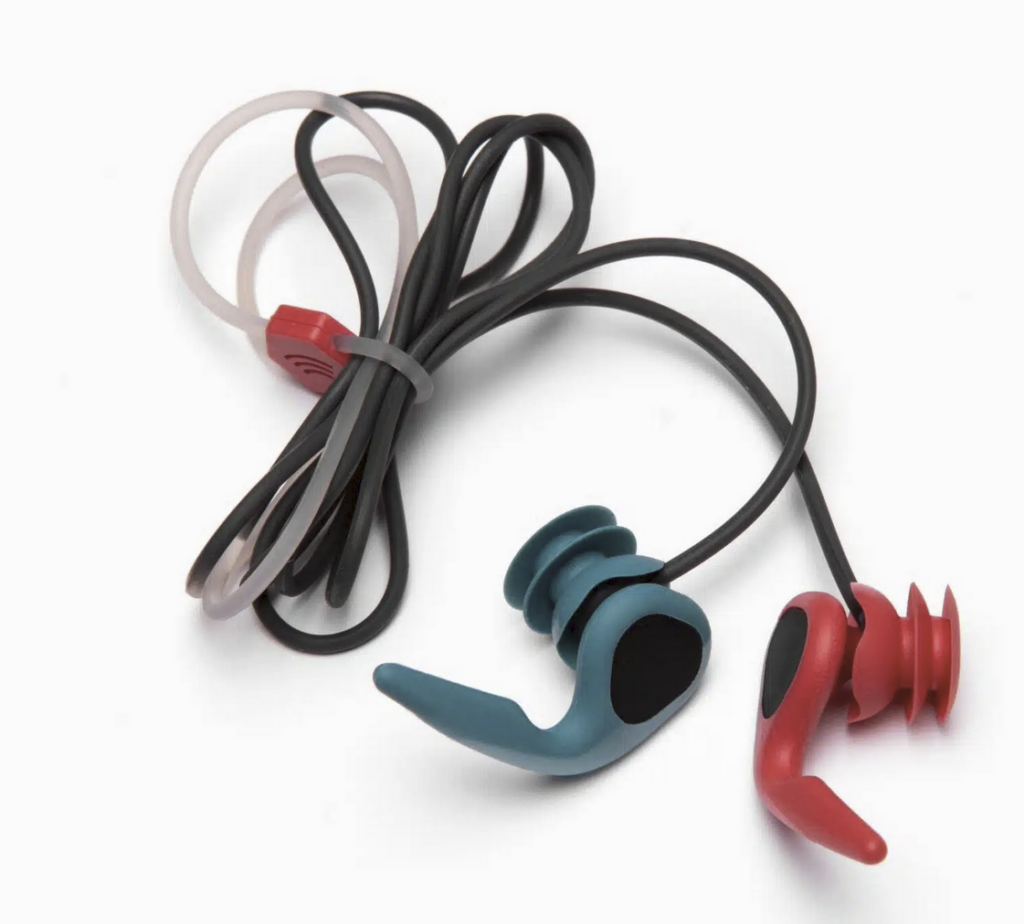Who would have thought in-class, off-topic dialog can be a significant predictor of a student’s success in school? Scientists at Tsinghua University had a hunch and decided to deep-dive into how machine learning and AI may help an under-studied segment of the education pool: K-6th grade students learning in live, online classes.
By analyzing the classroom dialogs of these children, scientists at Tsinghua University developed neural network models to predict what behaviors may lead to a more successful student.
[…]
The researchers published their results in the Journal of Social Computing on March, 31. Valid findings were drawn from the data recorded and the models used that can be used to accurately predict academic performance.
“The most important message from this paper is that high-performing students, regardless of whether they are enrolled in STEM or non-STEM courses, consistently exhibit more positive emotions, higher-level interactions concerning cognitive processes, and active participation in off-topic dialogs throughout the lesson,” said Jarder Luo, author and researcher of the study.
The implication here is that above the other markers of a successful student, which are cognition and positive emotion, the most important predictor of performance for STEM and non-STEM students is the interactive type of that student. In STEM students, the most crucial situation interactive types play in learning is during the middle stage of the lesson. In contrast, non-STEM students’ interactive types have about the same effect on the student’s performance during the middle and summary stages of the lesson.
Interactive dialog between students helps to streamline and integrate social skills along with knowledge building; these open conversations help the young students navigate conversations generally, but more specifically conversations on topics the student is likely not very familiar with. This could be why the data so strongly suggests students more active in classroom dialog are typically higher-performing.
Additionally, the study also found that meta-cognition, that is, “thinking about thinking” is found to be more prevalent in higher-performing, non-STEM students than their STEM counterparts. This could be in part because science is often taught in a way that builds on a basis of knowledge, whereas other areas of study require a bit more planning and evaluation of the material.
[…]
Source: How AI can use classroom conversations to predict academic success
More information: Yuanyi Zhen et al, Prediction of Academic Performance of Students in Online Live Classroom Interactions—An Analysis Using Natural Language Processing and Deep Learning Methods, Journal of Social Computing (2023). DOI: 10.23919/JSC.2023.0007













